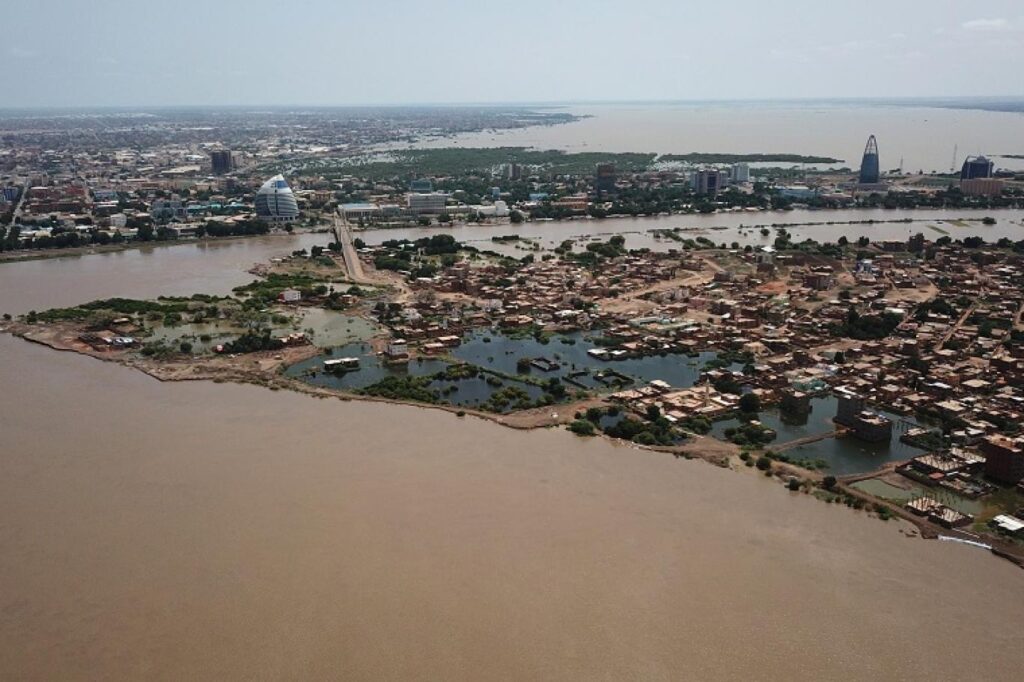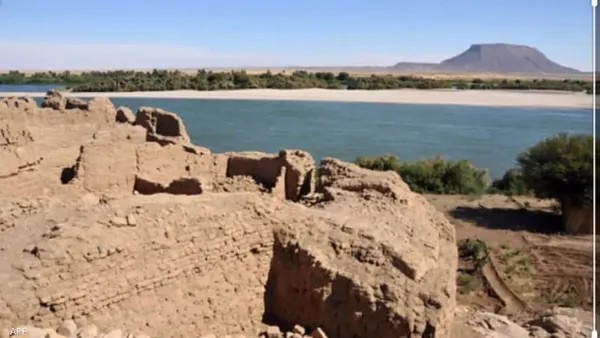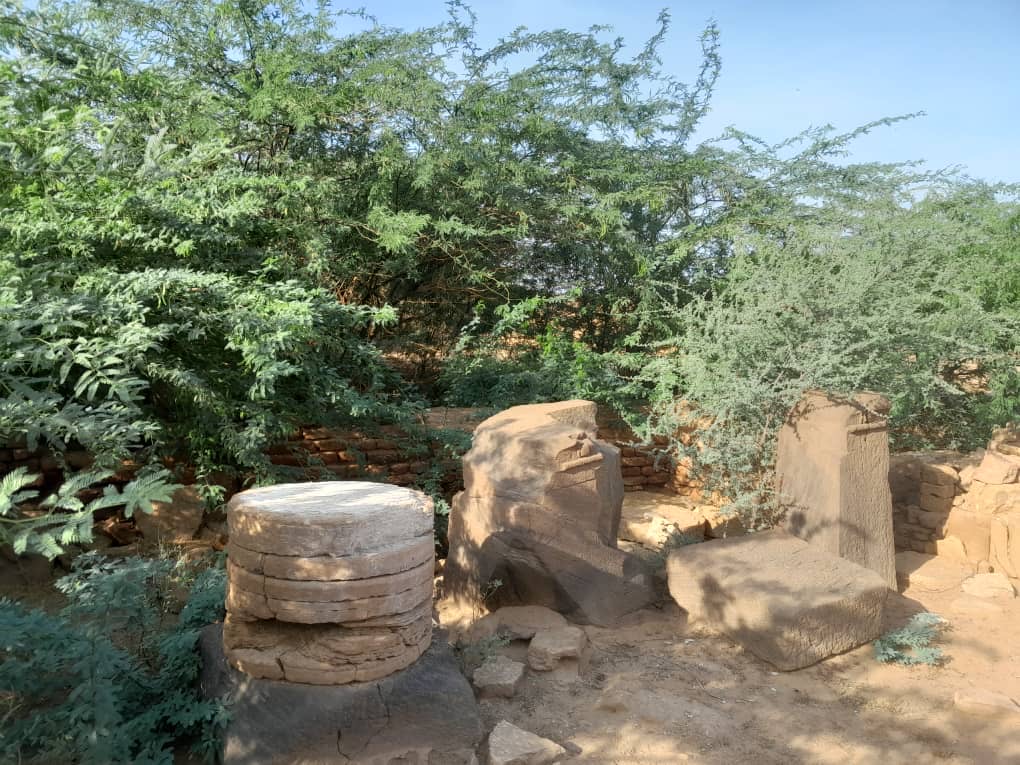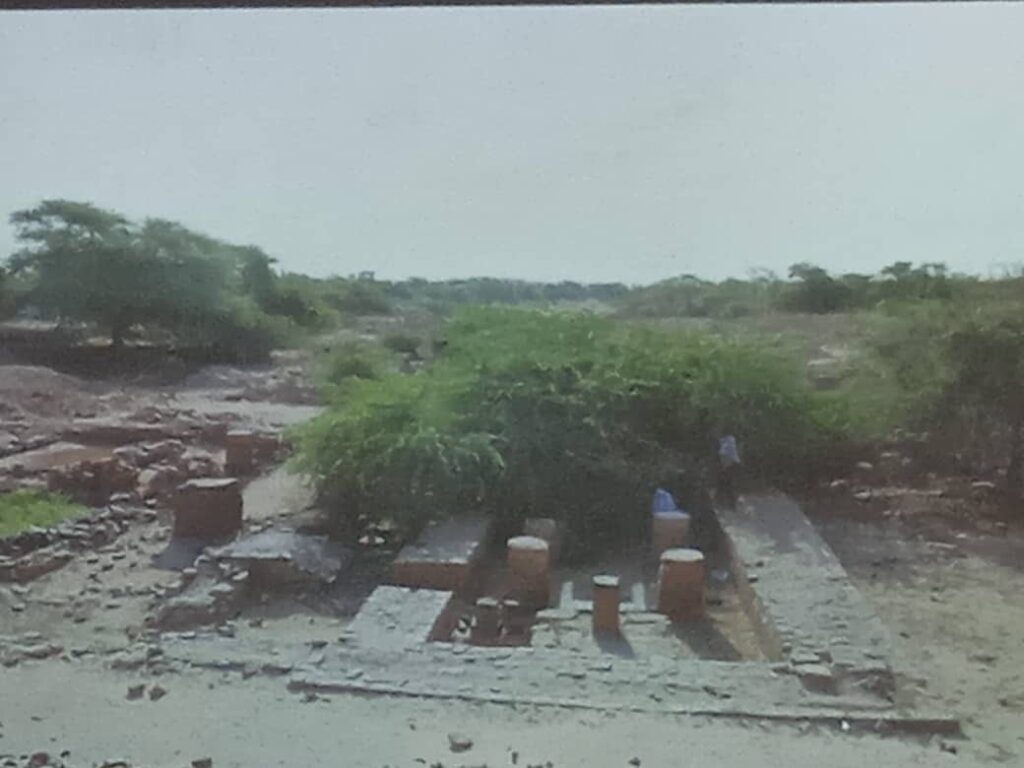Autumn Season and its Impact on Antiquities in Sudan
Sudan experiences a desert climate with minimal seasonal variation, but the autumn season can still have an impact on archaeological sites. The effects of climate change and environmental factors can exacerbate the deterioration of ancient structures and artifacts.
Impacts of the Autumn Season on Antiquities in Sudan:

- Increased Rainfall: Heavy rainfall can cause erosion and damage to archaeological sites, especially those in fragile or unstable conditions.
- Strong Winds: Strong winds can lead to the degradation of structures and the loss of artifacts.
- Flooding: Flooding can damage archaeological sites, especially those located near rivers or in low-lying areas.
Conservation Efforts:
- Site Monitoring: Regular monitoring of archaeological sites to assess the impact of environmental factors and take necessary conservation measures.
- Risk Assessment: Conducting risk assessments to identify potential threats and develop strategies for mitigation.
- Community Engagement: Engaging local communities in the conservation and protection of archaeological sites.
Importance of Protecting Sudan’s Cultural Heritage:
Sudan’s cultural heritage is invaluable, and it is essential to protect it from environmental degradation and human impact. Conservation efforts are necessary to preserve the country’s rich history and cultural identity for future generations.
Challenges and Opportunities:
- Climate Change: Climate change poses a significant threat to Sudan’s cultural heritage, and it is essential to develop strategies to mitigate its impacts.
- Sustainable Development: Balancing economic development with cultural heritage conservation is crucial to ensure the long-term preservation of Sudan’s archaeological sites.
- International Cooperatio: International cooperation and support are necessary to support conservation efforts and protect Sudan’s cultural heritage.
Climate change poses a significant threat to cultural heritage in Sudan, as it can lead to the deterioration and erosion of archaeological sites, especially with harsh weather conditions such as heavy rainfall and strong winds. Rising sea levels can also lead to the submersion of coastal heritage sites and erosion of archaeological and architectural structures. Additionally, changes in the ecosystems surrounding heritage sites can affect their ecological balance and further complicate conservation efforts.
Main Impacts of Climate Change on Cultural Heritage in Sudan:
- Erosion of archaeological sites: Heavy rainfall and strong winds can cause erosion and deterioration of archaeological sites.
- Rising sea levels: Can lead to the submersion of coastal heritage sites and erosion of archaeological and architectural structures.
- Changes in surrounding ecosystems: Can affect the ecological balance around heritage sites and complicate conservation efforts.
Efforts to Protect Cultural Heritage in Sudan:
- Climate risk assessment: Climate risks are assessed for cultural sites to determine necessary protection measures.
- Emergency plans: Emergency plans are developed to protect heritage sites from climate change impacts.
- Use of technology: Remote sensing and 3D laser scanning techniques are used to assess the condition of heritage sites and monitor surroundings climate
Environmental changes, floods, and mining pose a greater threat to antiquities than wars!
There are archaeological sites in Sudan that are affected by the environment, especially in the northern regions of Dongola. Some of these sites include:
- Sai Island Archaeological Site: An island containing tombs, Pharaonic sites, and graves dating back to thousands of years, with recent signs of severe mining activities on the island.

- Old Dongola: A historical city containing archaeological sites consisting of palaces, remains of churches, tombs, and domes, considered one of the important cities during the Middle Ages, affected by rising groundwater levels or Nile floods.
- Other Archaeological Sites in Sudan: Such as Kerma, suffering from the impacts of climate change, especially soil erosion, floods, and landslides.
- Al-Bajrawiya: These archaeological sites are affected by strong winds and heavy rains, causing erosion to structures and antiquities.
- Additional Archaeological Sites in the Nile River State and the Northern State: All are affected by climate change, desertification, and environmental degradation.
- Meroe Archaeological Sites: Affected by climate change and desertification, leading to the deterioration of ancient structures and antiquities.
- The Royal City of Meroe: All these are important archaeological sites affected by environmental changes, desertification, and environmental degradation.


Some sites received attention and archaeological work during the Qataris project to protect Nubian antiquities, but environmental changes were stronger, requiring more serious and urgent attention to preserve them from deterioration and loss. Again, with recent environmental changes in Sudan, these sites, along with newly discovered ones, are affected by climate change, desertification, and environmental degradation, threatening their destruction and the loss of ancient cultural heritage in Sudan.
It’s crucial to note that these archaeological sites require special attention to protect them from deterioration and ensure their continuity for future generations.
